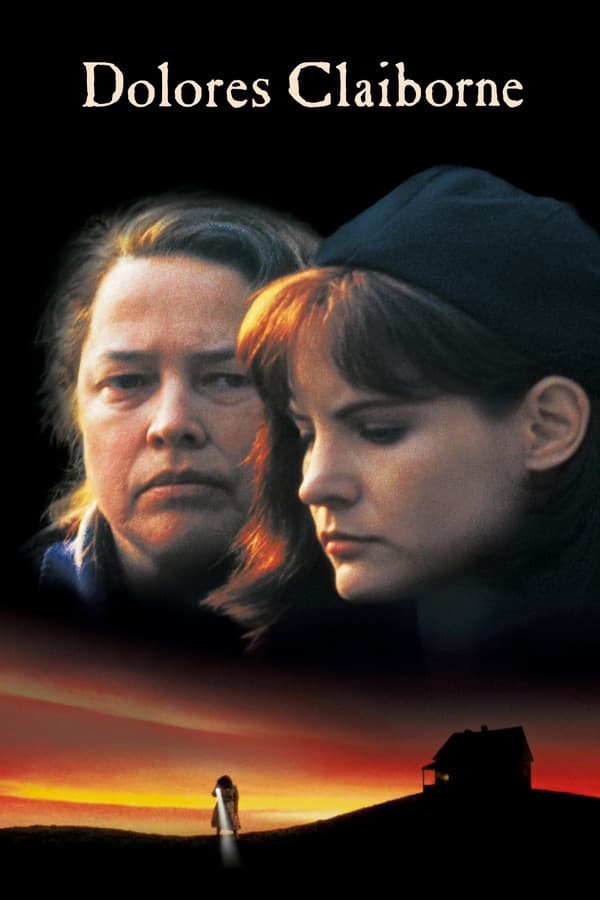
Dolores Claiborne
1995 • Crime, Drama, Mystery • R
Dolores Claiborne was accused of killing her abusive husband twenty years ago, but the court's findings were inconclusive and she was allowed to walk free. Now she has been accused of killing her employer, Vera Donovan, and this time there is a witness who can place her at the scene of the crime. Things look bad for Dolores when her daughter Selena, a successful Manhattan magazine writer, returns to cover the story.
Runtime: 2h 12m
Why you should read the novel
Stephen King's novel Dolores Claiborne offers a deep, immersive journey into the minds and pasts of its characters, far surpassing what the film can portray. The book's unique narrative style—told entirely as Dolores's uninterrupted testimony—draws readers into her world far more intimately than a movie ever could. If you relish psychological drama and powerful prose, the novel provides the kind of emotional and psychological depth that the film adaptation can only hint at.
Readers get a much more detailed exploration of Dolores's psyche—her motivations, regrets, and strengths—all shaped by a life of hardship on isolated Little Tall Island. King's writing brings to life the claustrophobic small-town atmosphere and the tension simmering beneath family relationships in ways that only prose can accomplish.
By reading the novel, you’ll uncover layers of subtext about generational trauma, mother-daughter dynamics, and the complex nature of justice and survival. It’s a richer, more nuanced experience, offering the chance to pause, reflect, and immerse yourself in Dolores’s unfiltered truth.
Adaptation differences
One of the most notable differences between the book and the film adaptation is how the story is told. The novel is presented entirely as Dolores's spoken confession, in her unbroken voice, creating a stream-of-consciousness narrative steeped in her personal language and perspective. The film restructures this, relying heavily on third-person scenes and alternating between the present and flashbacks to externalize the story for the viewer.
Character development also diverges significantly. In the book, Dolores's daughter Selena is largely absent, her presence lingering mostly in Dolores's memories and worries. The movie, however, brings Selena to the forefront, turning her into a central character and using her therapy scenes and past trauma as major plot elements to propel the present-day narrative.
Another major difference lies in the portrayal of the abuse Dolores and her daughter endure. The novel takes time to reveal these harrowing details through Dolores's voice, giving them a more gradual and impactful unveiling, while the film both hints at and then visually depicts these moments, sometimes lessening their emotional complexity by showing instead of telling.
Finally, the tone and resolution subtly differ. While the novel is steeped in Dolores's raw, vernacular storytelling and the lingering ambiguity of her actions, the film seeks a clearer sense of closure and catharsis, often simplifying or omitting some of King's more ambiguous or reflective moments. This shift affects how audiences connect with Dolores and what they ultimately take away from her story.
Dolores Claiborne inspired from
Dolores Claiborne
by Stephen King




















